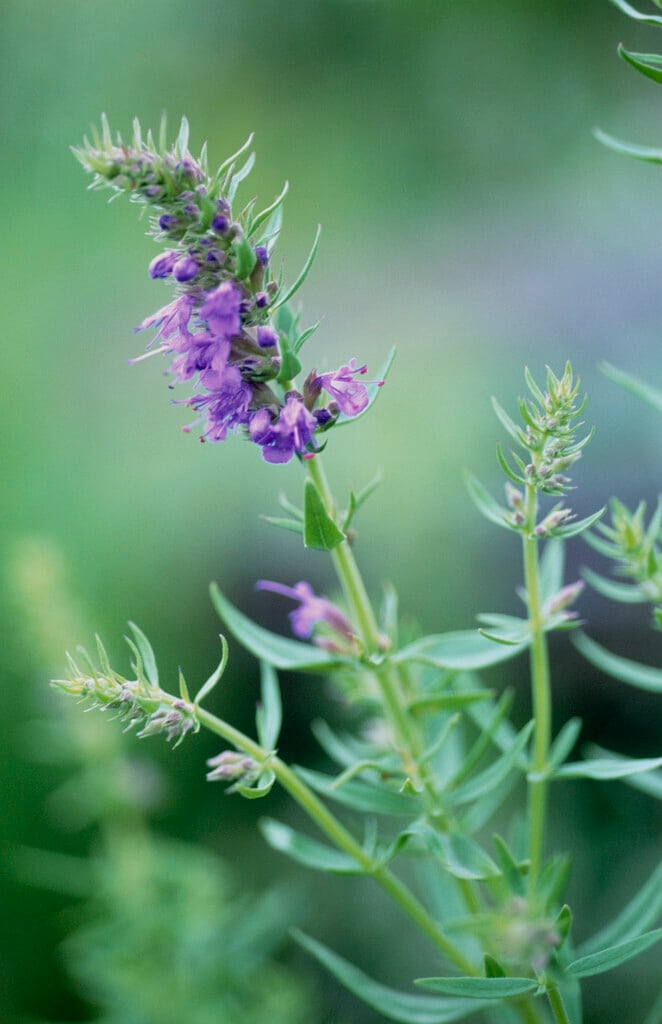Not the plant you're looking for? Search over 300,000 plants
Herbs - CulinaryHerbaceous Perennial
Size
Ultimate height
0.1–0.5 metresTime to ultimate height
5–10 yearsUltimate spread
0.5–1 metresGrowing conditions
Chalk
Loam
Moisture
Moist but well–drained, Well–drainedpH
Alkaline, NeutralColour & scent
| Stem | Flower | Foliage | Fruit | |
| Spring | Green | |||
|---|---|---|---|---|
| Summer | Blue | Green | ||
| Autumn | Blue | Green | ||
| Winter | Green |
Position
- Full sun
- Partial shade
Aspect
South–facing or West–facing
Exposure
Exposed or Sheltered Hardiness
H7Botanical details
- Family
- Lamiaceae
- Native to GB / Ireland
- No
- Foliage
- Semi evergreen
- Habit
- Bushy
- Genus
Hyssopus can be herbaceous perennials or evergreen shrubs, with linear, aromatic leaves and whorls of tubular, 2-lipped flowers in spike-like inforescences
- Name status
Correct
- Plant range
- Europe, Mediterranean, Iran
How to grow
Cultivation
Grow in fertile, well-drained, alkaline to neutral soil in full sun
Propagation
Propagate by seed or softwood cuttings in summer
Suggested planting locations and garden types
- Rock garden
- City and courtyard gardens
- Cottage and informal garden
- Wildlife gardens
- Ground cover
- Flower borders and beds
Pruning
Pruning group 10 in mid-spring
Pests
May be susceptible to leafhoppers
Diseases
Generally disease-free
Get involved
The Royal Horticultural Society is the UK’s leading gardening charity. We aim to enrich everyone’s life through plants, and make the UK a greener and more beautiful place.
